Your cart is currently empty!
How Pros Really Test Remote Cellular Sites
Cellular site selection and testing in remote areas presents special challenges. Let’s look at some of the factors that affect drive testers in these areas.
Environmental Factors
Towers are typically sited near roads, but in remote areas they may be located on a hilltop or ridge, atop a standing structure or even the side of a mountain. Unpaved roads with steep grades can make these sites challenging to get to. Some areas may require running tests from the back of an off-road vehicle or ATV. Non-ruggedized equipment can fall victim to drops, moisture and even the vibration of the vehicle itself. Drive testers need rugged equipment capable of handling these conditions.
Distance
When drive testing these areas, an engineer may need to drive many miles over highways and back country roads. The faster the driver goes, the more ground they can cover. But some receivers are too slow to allow the driver to go the speed limit. The BVS Gazelle allows users to drive test at up to 80 MPH. A driver tester can go as fast as the speed limit allows and still get accurate, usable data.
Transmitter Equipment
Unlike populated areas where radio signals from different towers overlap, a remote site can be the only signal for miles around. During the buildout phase, there may not be any signal at all. An engineer must set up a transmitter to provide test signals, but power may not be available at the site. Engineers need a base station test transmitter that can run off AC or generator power. The BVS Tortoise can run off any 110v or 220v AC power source.
Receiver Equipment
The typical drive testing setup includes a laptop computer (and possibly a software security dongle), a GPS, a scanner, multiple cell phones. The setup is bulky and usually requires two people, one to drive the vehicle and one to make sure the data is collected. If something should interrupt the data collection during the drive, the driver may need to repeat the test. If the test involves multiple bands, the testers will need to drive the route more than once. This wastes fuel and increases labor and equipment costs. Drive testers need compact equipment that can read multiple bands simultaneously. The BVS Gazelle allows testers to collect data on up to four bands at once.
Ease of Use
Both the Tortoise and Gazelle have straightforward, user-friendly interfaces that are easy to navigate. Users can control the Tortoise using the hardware control panel or by a GUI on their computer. The Tortoise can also be controlled remotely by computer over a data connection, allowing the engineer to run drive tests with a subordinate or less-experienced user or make changes to test parameters while away from the unit. The onboard battery-backup saves all the user-selectable settings between tests or in the event of a power loss.
The BVS Tortoise transmitter and Gazelle receiver allow network personnel to conduct drive testing in the most efficient and cost effective manner.
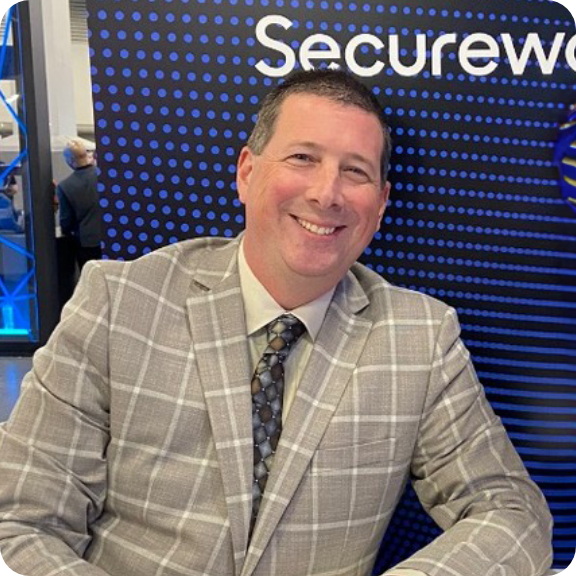
Scott Schober
CEO | Author | Speaker at Berkeley Varitronics Systems
Scott Schober presents at cybersecurity and wireless security conferences for banking, insurance, transportation, construction, telecommunications and law enforcement industries. He has overseen the development of dozens of wireless test, security, safety and cybersecurity products used to enforce a “no cell phone policy” in correctional, law enforcement, and secured government facilities. Scott regularly appears on network news programs including Fox, Bloomberg, Good Morning America, CNN, MSNBC, NPR and many more. He is the author of 'Senior Cyber', 'Cybersecurity is Everybody's Business' and 'Hacked Again', the “original hacker’s dictionary for small business owners” - Forbes Magazine.
Our Newsletter
Lorem ipsum dolor sit amet, consectetur adipiscing elit. Aliquam mattis ligula vitae leo scelerisque, sit amet feugiat ex venenatis.
"*" indicates required fields
Latest Posts
Our Best Sellers
How can we help?
Lorem ipsum dolor sit amet, consectetur adipiscing elit. Nunc dictum aliquet justo sit amet consectetur. In tempor lobortis ante vitae ornare. Praesent feugiat magna at tempor consequat. Aenean in iaculis libero, aliquam imperdiet mi.
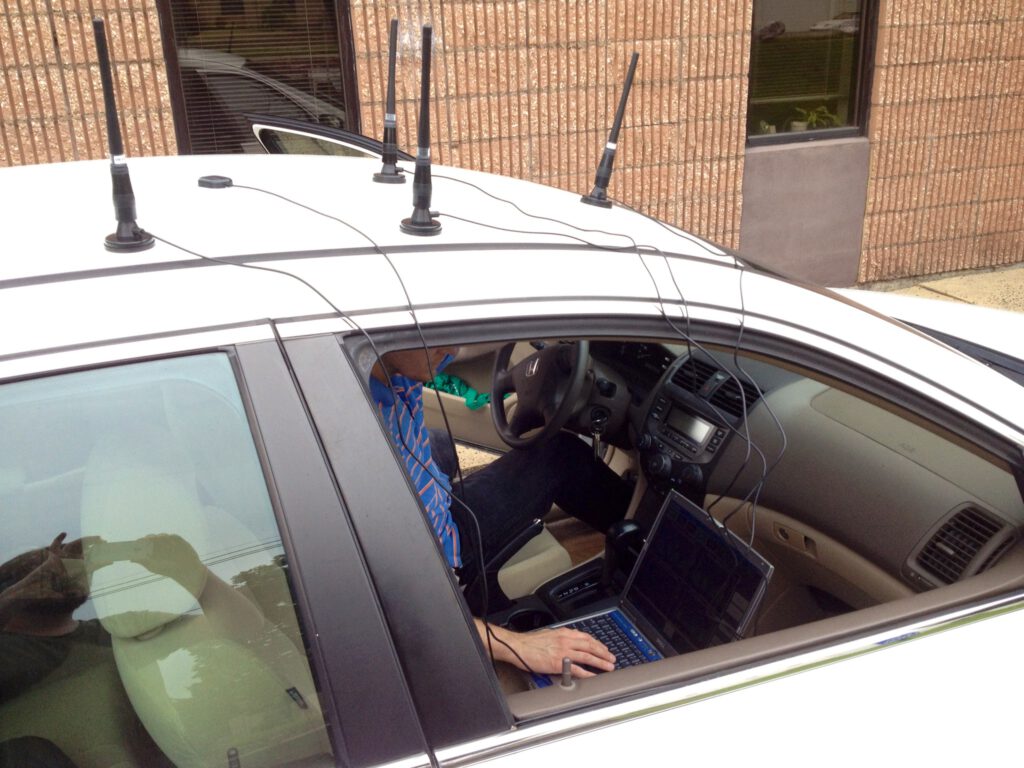

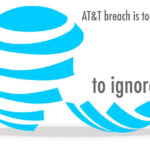

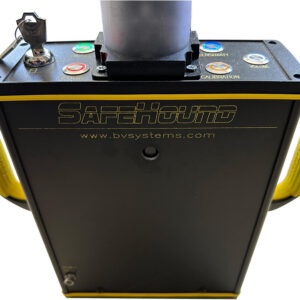
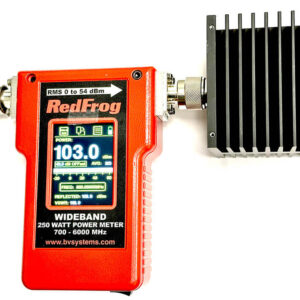
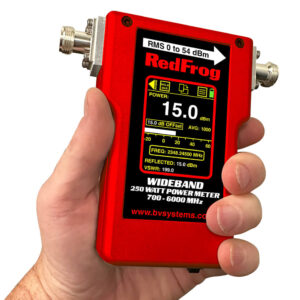
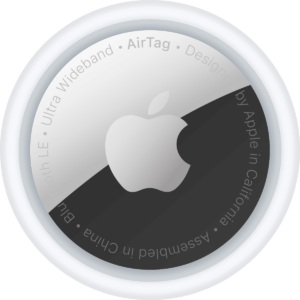
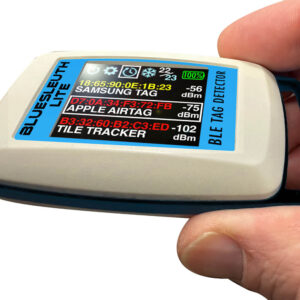
Leave a Reply